Tout le monde rêve certaines nuits de manière intense, d'autres presque pas. Qu'il s'agisse d'une aventure surréaliste, d'un souvenir étrange ou d'un cauchemar stressant, les rêves sont une expérience humaine commune. Mais pourquoi rêvons-nous ? Que signifient ces histoires et que révèlent-elles de notre esprit ?
La science n’a pas encore toutes les réponses, mais la recherche continue d’explorer comment et pourquoi les rêves se produisent et ce qu’ils peuvent nous apprendre sur la santé du cerveau, la qualité du sommeil et même la régulation émotionnelle.
Que sont les rêves ?
Les rêves sont une série de pensées, d'images et d'émotions qui surviennent pendant le sommeil, notamment pendant la phase de mouvements oculaires rapides (REM). Si la plupart des rêves ne durent que quelques minutes, ils peuvent sembler beaucoup plus longs et sont souvent riches en images ou en émotions fortes. On fait généralement 3 à 6 rêves par nuit, mais beaucoup sont oubliés peu après le réveil.
Bien que les rêves soient souvent imprévisibles, leur déroulement et leur rythme de survenue suivent un schéma précis. Le sommeil paradoxal, phase associée à une activité cérébrale intense et à des mouvements oculaires intenses, est la principale phase où se déroulent les rêves. Cette phase débute généralement 90 minutes après l'endormissement et se répète tout au long de la nuit par cycles.
Pourquoi rêvons-nous ?
Il n’existe pas de théorie unique pour expliquer pourquoi les humains rêvent, mais plusieurs explications scientifiques ont émergé au fil des ans.
1. Traitement de la mémoire
Certains chercheurs pensent que les rêves contribuent au traitement et au stockage des nouvelles informations par le cerveau. Pendant le sommeil paradoxal, votre cerveau peut trier, organiser et intégrer les souvenirs de la journée, transformant ainsi les expériences à court terme en connaissances à long terme.
2. Régulation émotionnelle
Les rêves reflètent souvent les émotions ressenties au cours de la journée, même si elles ne sont pas traitées consciemment. Ils peuvent nous aider à surmonter l'anxiété, la tristesse ou les conflits non résolus, offrant ainsi une sorte de réinitialisation émotionnelle au cerveau.
3. Résolution de problèmes et créativité
Ce n'est pas pour rien que l'on dit : « Réfléchis-y ! » Le cerveau résout parfois des problèmes pendant les rêves, trouvant des connexions inattendues ou de nouvelles solutions. Artistes, inventeurs et écrivains ont attribué aux rêves certaines de leurs idées les plus innovantes.
4. Simulation de menace
Une autre théorie suggère que les rêves nous aident à nous entraîner à réagir au danger ou à des situations inhabituelles, comme fuir quelque chose ou relever un défi. Il s'agit d'une sorte de répétition virtuelle qui a peut-être évolué pour améliorer la survie.
Qu’est-ce qui influence nos rêves ?
Bien que les rêves semblent souvent aléatoires, ils peuvent être façonnés par ce que nous mangeons, comment nous dormons et comment nous nous sentons.
1. Stress et anxiété
Un niveau de stress élevé peut entraîner des rêves plus intenses ou perturbants. Les cauchemars, en particulier, sont souvent déclenchés par une tension émotionnelle, un traumatisme ou des troubles du sommeil. Essayez les affirmations pour soulager l'anxiété .
2. Qualité du sommeil
Un sommeil interrompu ou de mauvaise qualité peut réduire les phases REM, ce qui signifie moins de rêves ou des rêves moins mémorables.
3. Médicaments et substances
Les antidépresseurs, les somnifères ou l’alcool peuvent modifier la façon dont le cerveau traverse les phases de sommeil, influençant ainsi la vivacité et le souvenir des rêves.
4. Problèmes de santé mentale
Les personnes souffrant de dépression, de SSPT ou de troubles anxieux signalent souvent des rêves plus fréquents ou chargés d’émotion.
Types courants de rêves
Certains rêves sont si universels que presque tout le monde les a vécus à un moment donné.
-
Chute – Souvent liée à un sentiment de perte de contrôle ou d’anxiété dans la vie éveillée.
-
Être poursuivi – Reflète généralement une peur, un évitement ou une pression non résolus.
-
Voler - Peut représenter la liberté, l'ambition ou le désir de s'élever au-dessus de quelque chose.
-
Dents qui tombent – Un rêve d’anxiété courant souvent associé à l’insécurité ou à la perte de contrôle.
-
Être en retard ou mal préparé – Ces rêves sont souvent liés au stress, aux délais ou à la peur de l’échec.
Que sont les rêves lucides ?
Un rêve lucide est un rêve où l'on prend conscience de rêver, et parfois même, on prend le contrôle du rêve lui-même. Cette expérience se produit pendant la phase REM et est liée à une meilleure conscience de soi pendant le sommeil.
Les gens utilisent le rêve lucide pour :
-
Explorez la créativité
-
Réduire les cauchemars
-
Pratiquer des compétences (comme parler en public ou faire du sport)
-
Acquérir des connaissances psychologiques
Le rêve lucide est un état naturel pour certains, mais il peut également être entraîné par des vérifications de la réalité, un journal de rêves et des pratiques méditatives.
Pouvez-vous contrôler vos rêves ?
Bien que nous ne puissions pas contrôler complètement ce dont nous rêvons, il existe des techniques pour influencer le contenu des rêves et améliorer leur mémorisation :
-
Notez vos rêves dès votre réveil. Cela renforce votre mémoire et vos schémas.
-
Pensez à ce dont vous aimeriez rêver pendant que vous vous endormez.
-
Demandez-vous : « Est-ce que je rêve ? » Une habitude qui peut se prolonger dans les rêves et augmenter la lucidité.
-
Certains outils, comme les appareils de stimulation lumineuse et sonore, peuvent favoriser des états d’ondes cérébrales qui favorisent un sommeil plus profond et un rappel plus clair des rêves.
Que sont les cauchemars ?
Les cauchemars sont des rêves angoissants qui provoquent peur, anxiété ou tristesse. Il est normal de faire des cauchemars occasionnels, surtout en période de stress. Cependant, des cauchemars fréquents, notamment ceux qui perturbent le sommeil, peuvent indiquer un problème plus profond, comme :
-
Trouble de stress post-traumatique (TSPT)
-
Apnée du sommeil
-
Stress ou anxiété élevé
-
Effets secondaires des médicaments
-
Dans de tels cas, consulter un spécialiste du sommeil ou un professionnel de la santé mentale peut s'avérer utile. Pour éviter cela, essayez Troubles du sommeil et remèdes naturels .
Comment les rêves influencent la santé du cerveau
Les rêves ne sont pas seulement des expériences émotionnelles, ils reflètent l'activité cérébrale. Des études montrent que le sommeil paradoxal améliore la flexibilité cognitive, la résilience émotionnelle et la mémoire.
Des schémas de rêve perturbés peuvent indiquer des troubles neurologiques ou une détresse émotionnelle. À l'inverse, des rêves constants et intenses sont souvent associés à un cycle de sommeil régulier et à des rythmes cérébraux plus sains.
Comment neuroVIZR favorise un sommeil et des rêves sains
Bien que la science du rêve soit encore en évolution, nous savons qu'une bonne qualité de sommeil est essentielle à la santé des rêves et que les outils qui soutiennent les rythmes naturels du cerveau peuvent faire la différence.
NeuroVIZR, un dispositif de neurotechnologie, est un casque de stimulation lumineuse et sonore non invasif conçu pour stimuler l'activité cérébrale associée au sommeil, à la concentration et au calme. Bien qu'il ne s'agisse pas d'un dispositif de contrôle des rêves, il aide le cerveau à entrer et à stabiliser des états comme la relaxation profonde ou le sommeil paradoxal, essentiels au rêve.
Certains utilisateurs signalent :
-
Cycles de sommeil améliorés
-
Transition plus rapide vers le sommeil paradoxal
-
Amélioration de la vivacité et de la mémoire des rêves
-
Réduction de l'anxiété nocturne et des pensées excessives
Ses séances guidées incluent également des thèmes tels que « Lâcher prise », « Sommeil profond » et « Réinitialisation du soir », qui sont utiles si vos rêves sont affectés par le stress ou des nuits agitées.
Note: Le bandeau cérébral neuroVIZR n'est pas un appareil médical et n'est pas destiné à diagnostiquer ou à traiter les troubles du sommeil, mais il peut compléter les pratiques d'hygiène du sommeil et aider à réguler les états mentaux.
Réflexions finales
Les rêves recèlent peut-être encore bien des mystères, mais ils sont loin d'être dénués de sens. Qu'ils reflètent des difficultés émotionnelles, organisent des souvenirs ou libèrent une intuition créative, ils sont essentiels à l'être humain.
-
Vous pouvez favoriser des rêves plus sains et plus perspicaces en :
-
Améliorer la qualité du sommeil
-
Gérer le stress quotidien
-
Créer une routine apaisante avant de dormir
-
Explorer des outils comme neuroVIZR qui soutiennent les rythmes naturels de votre cerveau
En fin de compte, les rêves sont un pont entre votre monde intérieur et votre monde extérieur. En les comprenant et en favorisant les conditions qui leur permettent de s'épanouir, vous approfondissez votre connexion à l'esprit et au corps.






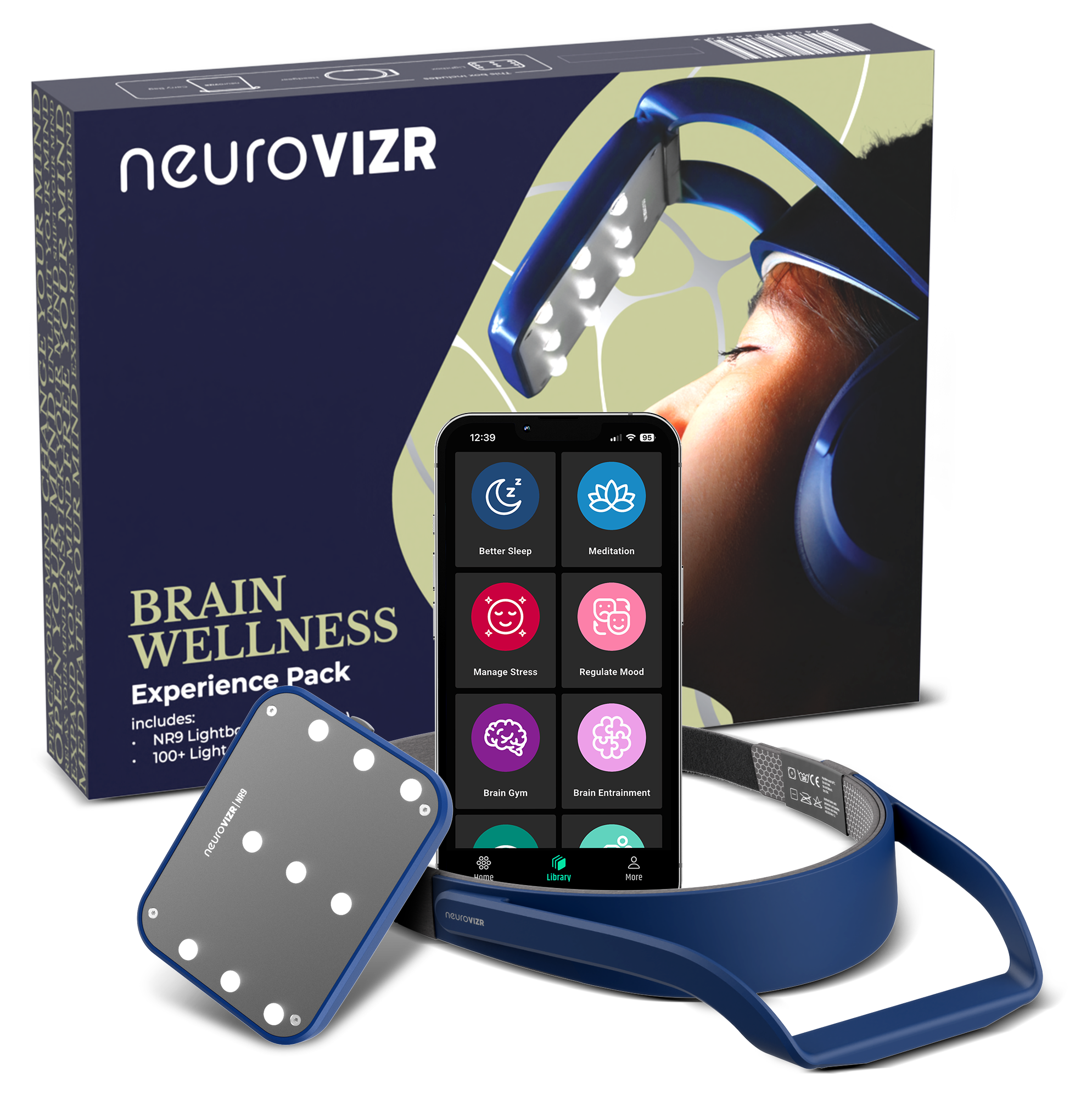




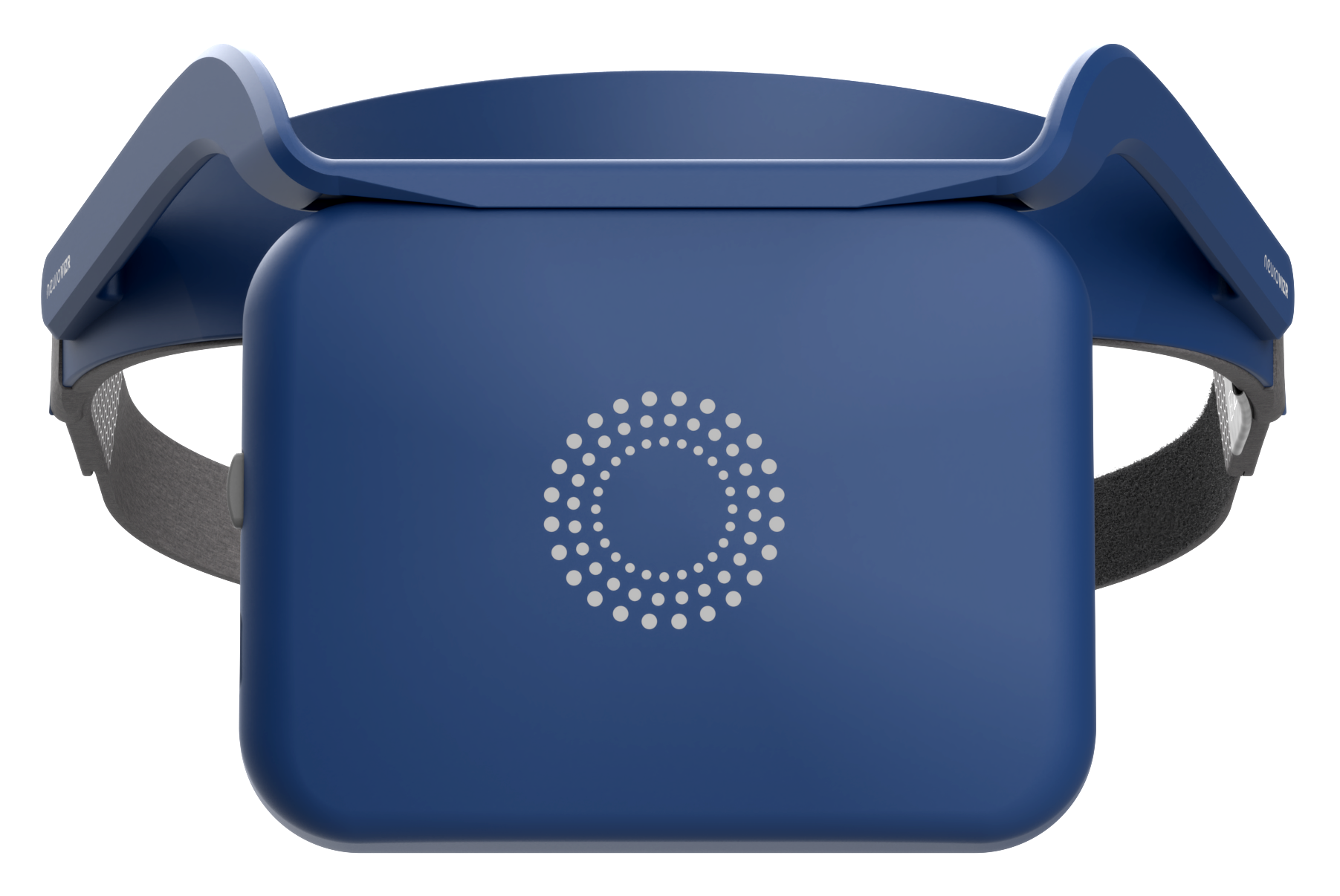


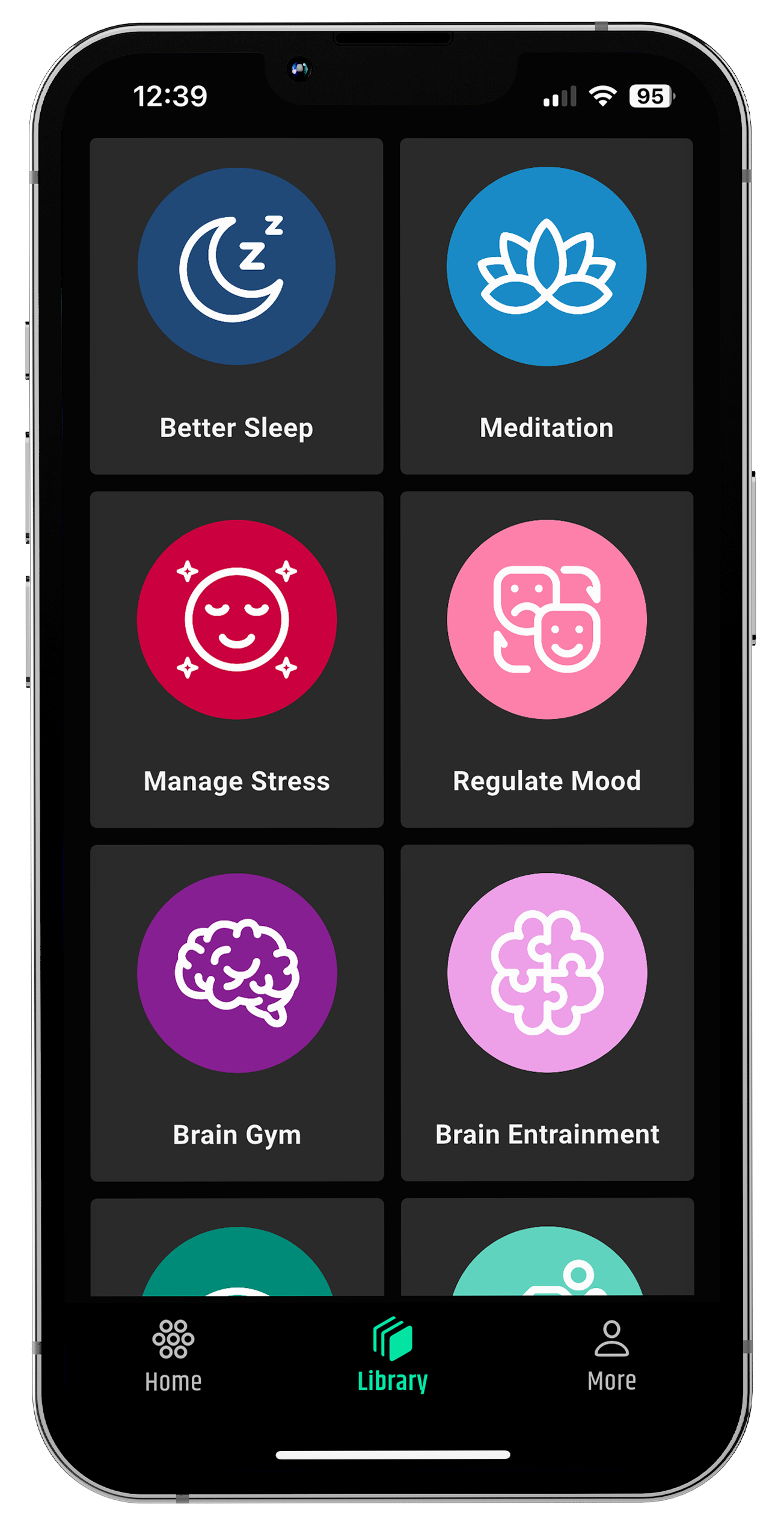
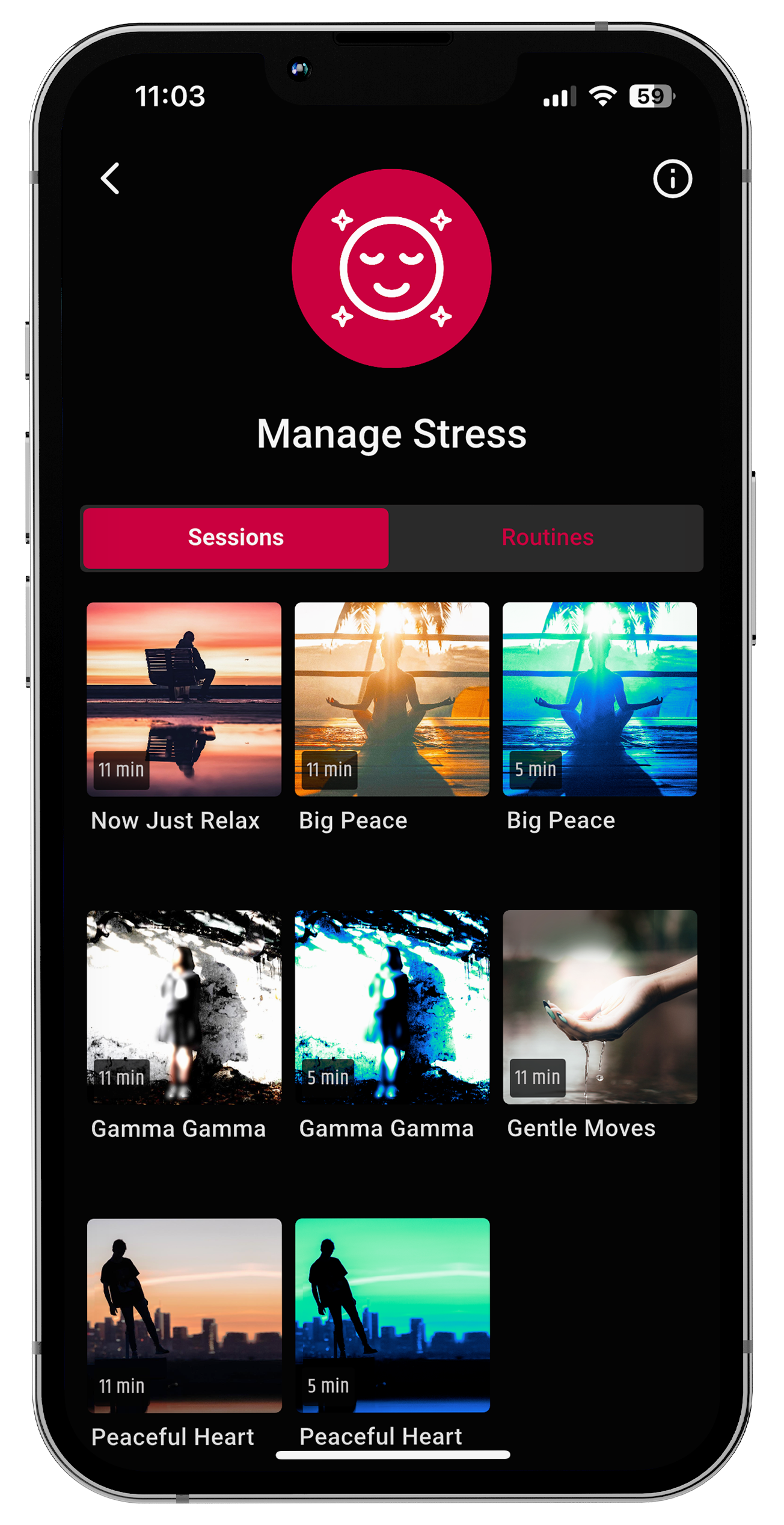
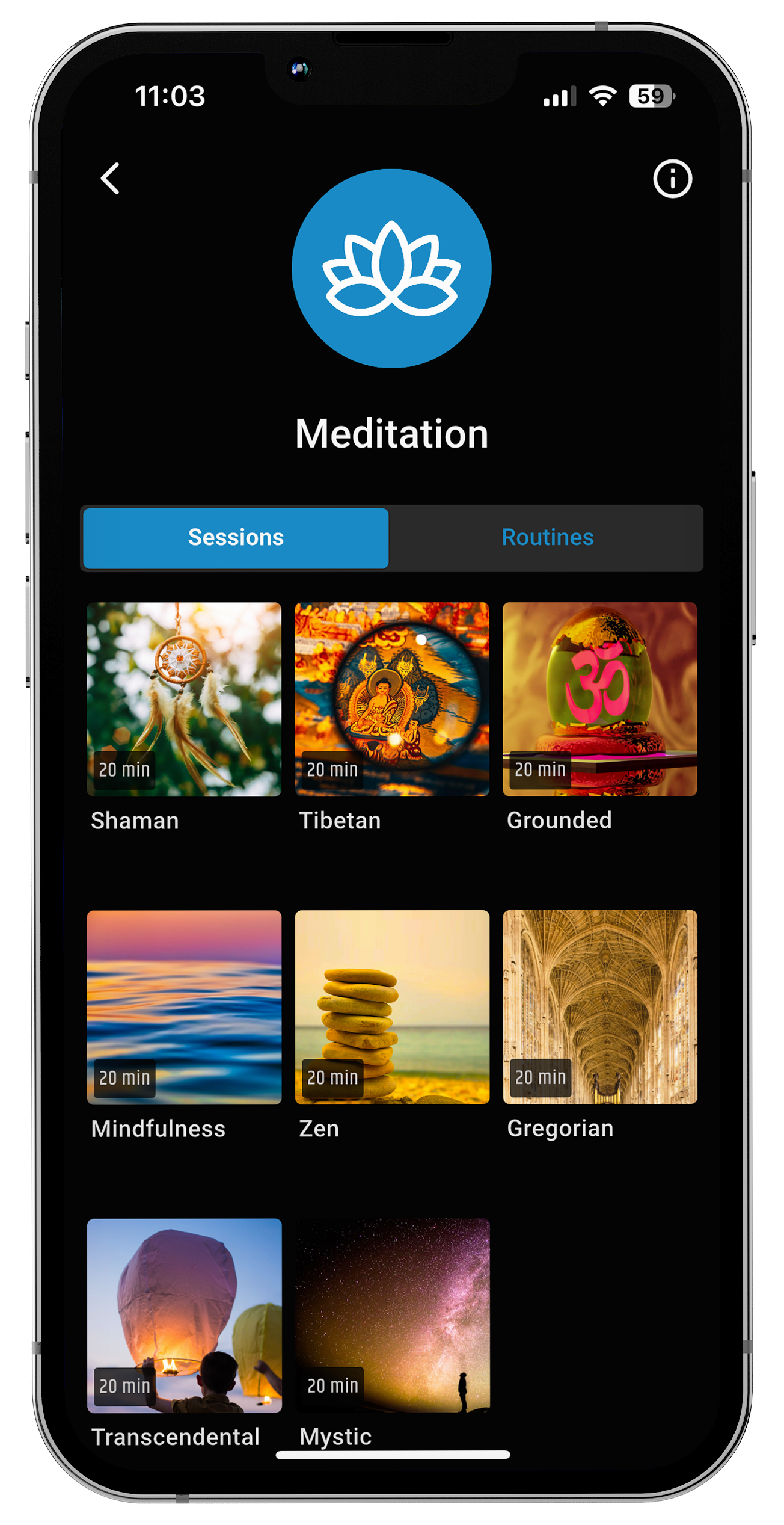
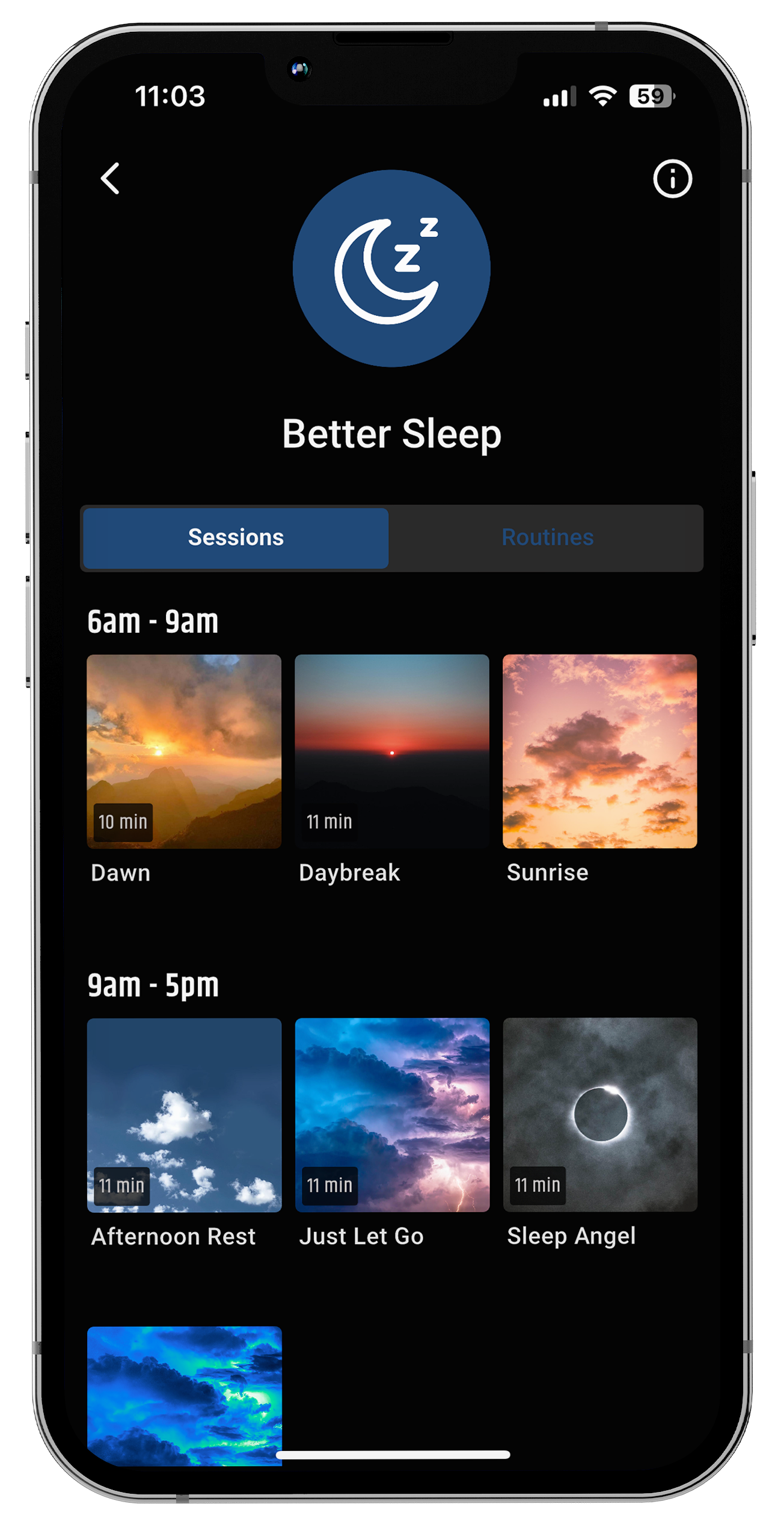
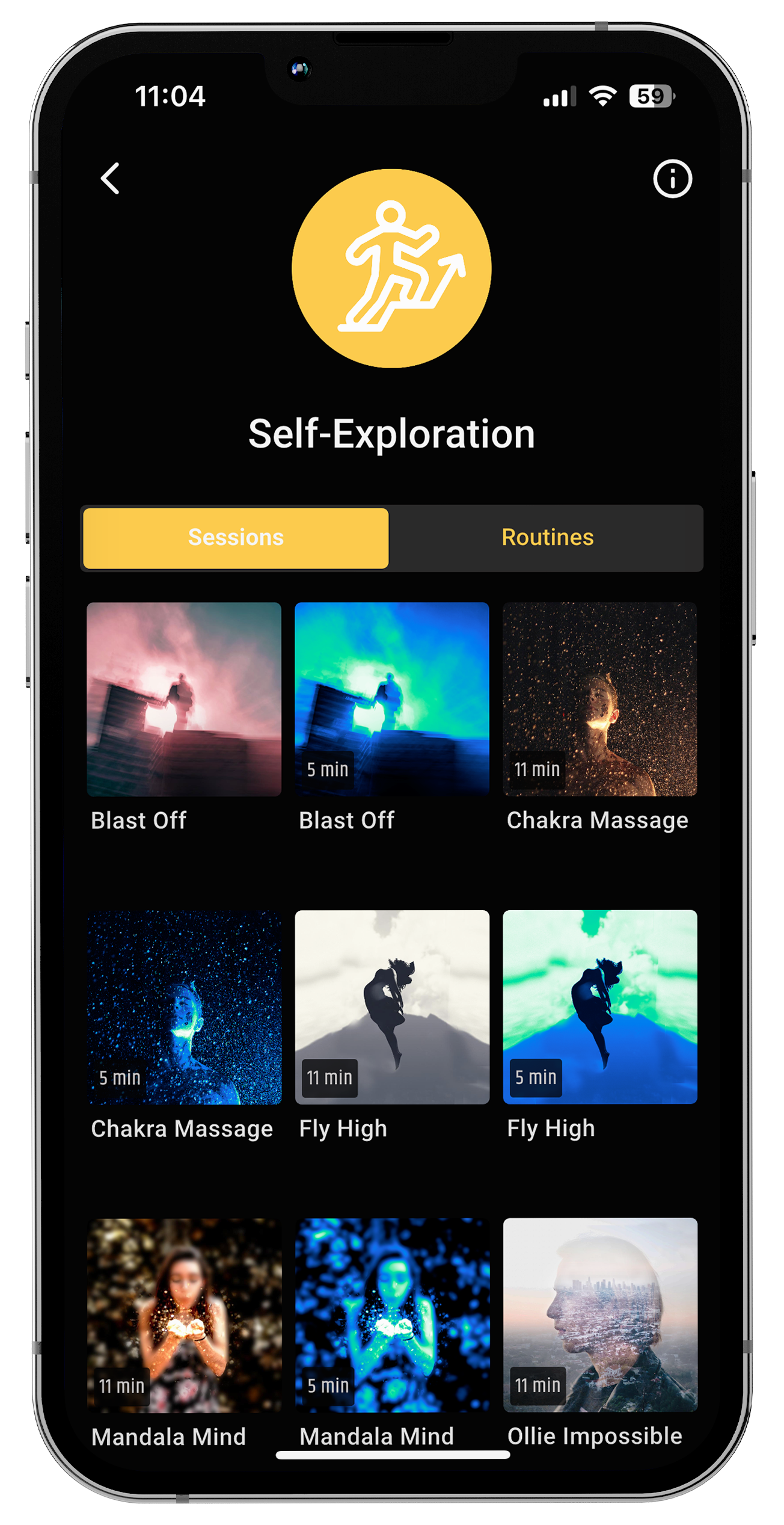



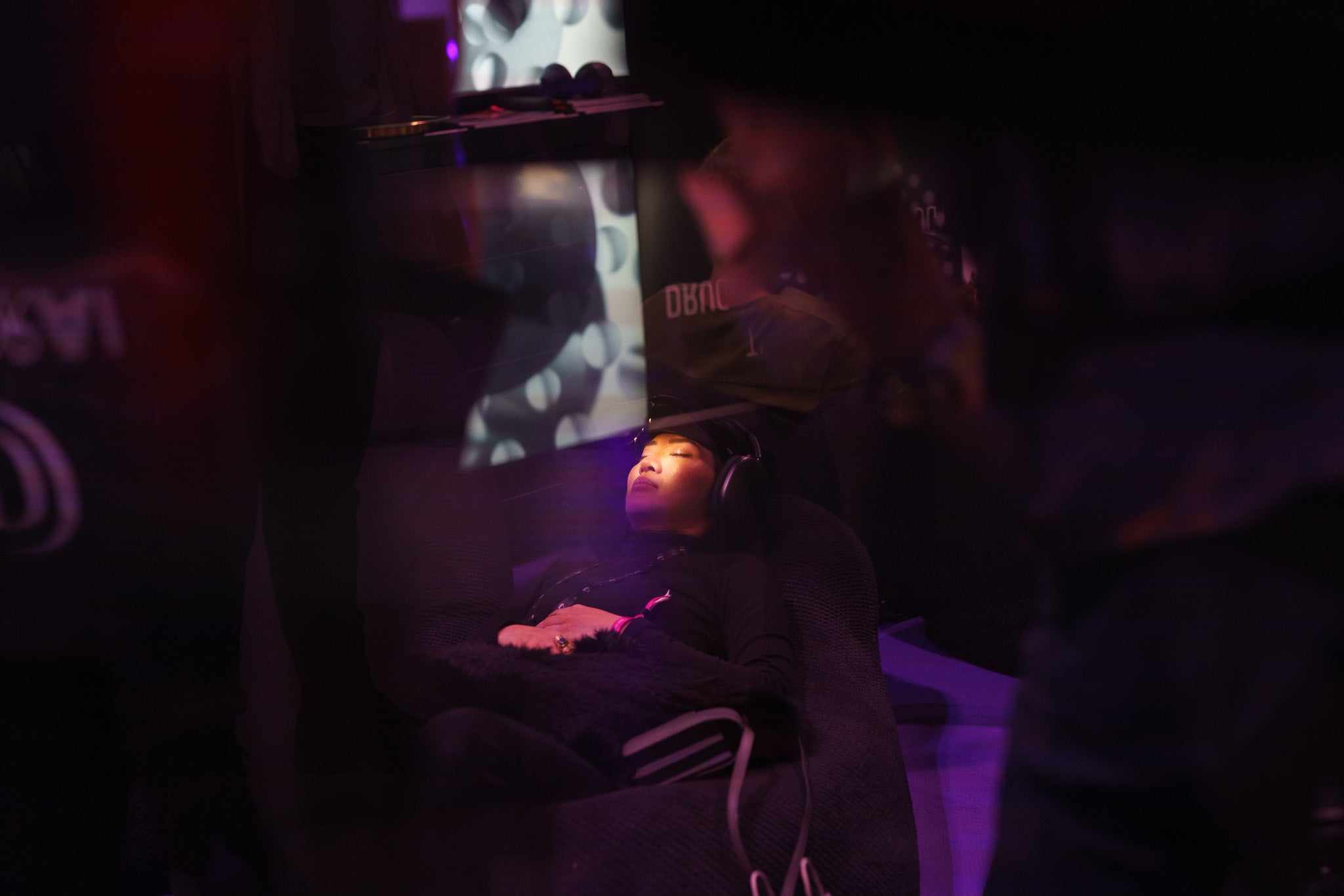




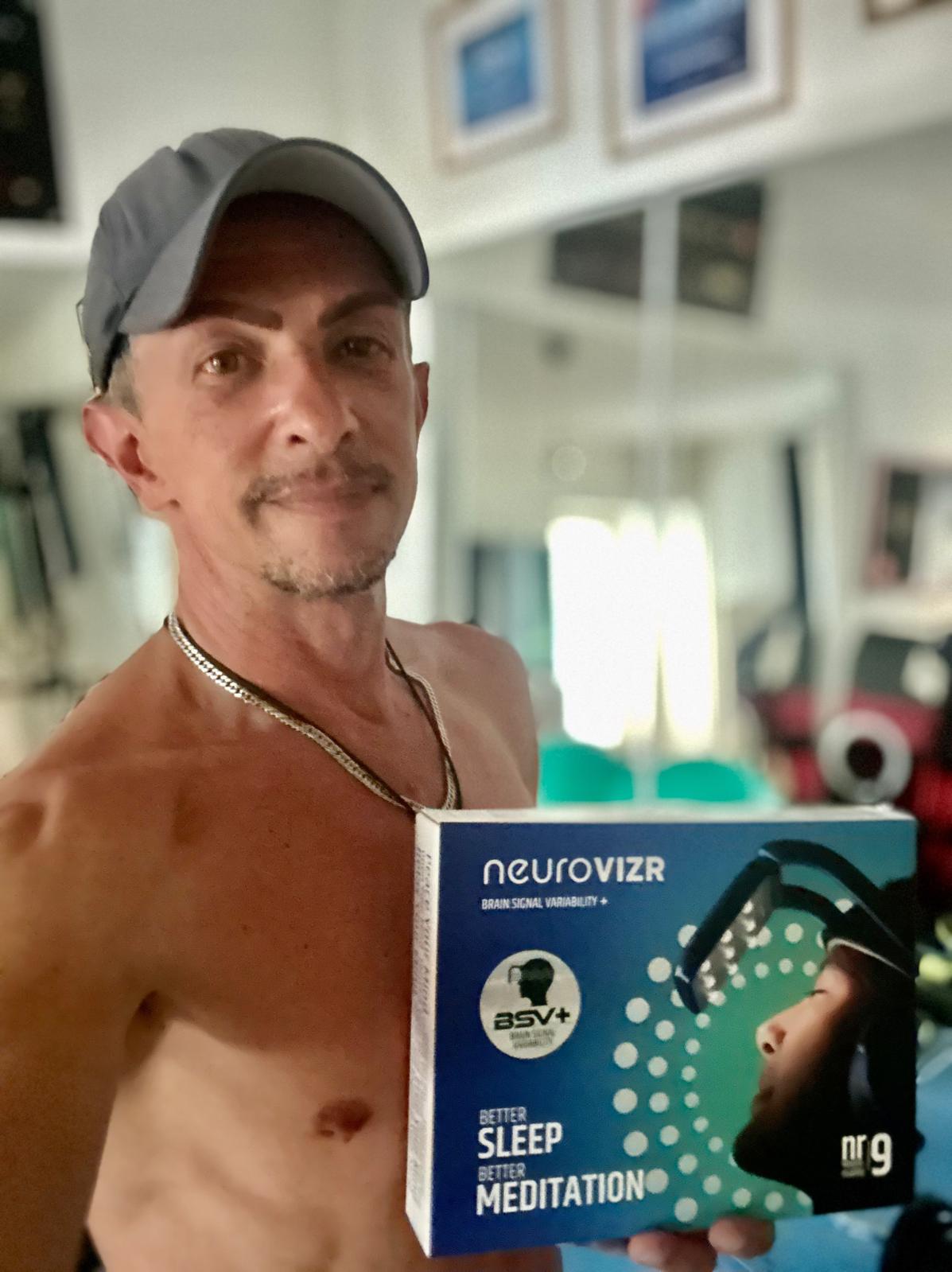
Partager:
Troubles du sommeil et remèdes naturels : neuroVIZR peut-il vous aider à mieux dormir ?
Stillness, Sleep & the Vagus Nerve: Why Deep Rest Is Your Superpower